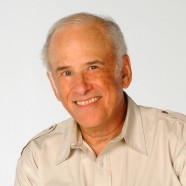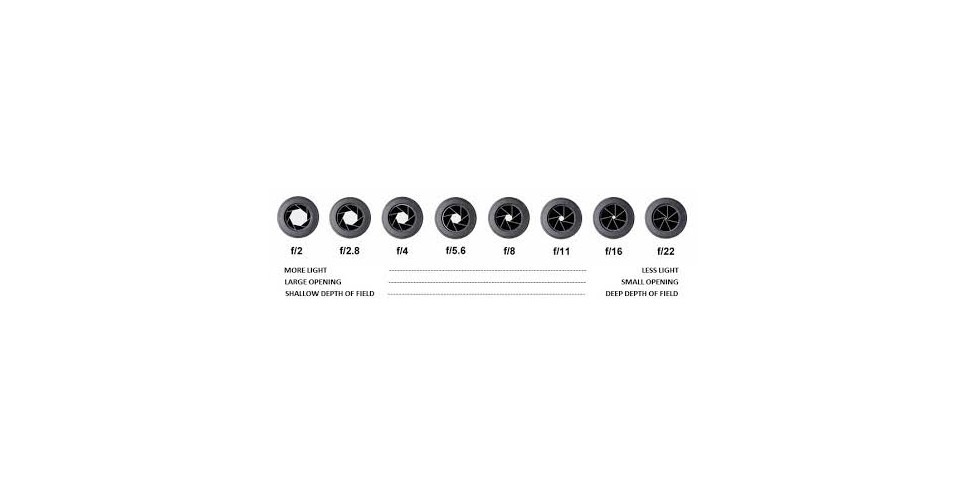
We all know the term "shutter speed." But what does it really do and what is the best way to control it to produce more interesting images?
Before we begin to discuss how to control shutter speed, however, it's best to understand what it is used for. And before we do this, we need to know how it works.
At the risk of being a bit too simplistic, here is some condensed history. A camera is basically a box with a lens in front of it in order to make a "light picture" on some light-sensitive object or material. In the early days of cameras, the box was actually called a "camera obscura." Its purpose was to capture an image of something and project it, using a lens, on the part of the box opposite the lens, so that the image could be viewed. You did this by looking into the box, usually with a dark cloth over your head. One of the problems with this was that the image was upside down and backwards! (A characteristic of all lenses, even pinholes, when trying to view the images they create).
People began to learn very quickly that if you wanted to see the image in a camera obscura, you needed to be able to control the amount of light entering the box. In the early days of cameras, looking at an image was one thing, but preserving the image somehow was something else entirely. It took people a couple hundred years to figure out how to "fix" an image with chemicals so that it could be viewed outside of the camera obscura. So, it was the attempt to fix images that brought about the need for apertures and shutter speeds as methods of controlling the amount of light that entered the camera, fell on a light-sensitive material and hence could be preserved for all to see. This was because if too much light hit the light-sensitive material, the picture would be too bright. And, conversely, if not enough light hit it, then it would be too dark. The result, in either case would be that viewers would not be able to see the picture.
So, the aperture and the shutter were invented to control the amount of light that entered the camera. The aperture, usually mounted behind the lens, consisted of an adjustable opening that could be set to limit the amount of light reaching the back of the camera. The shutter was needed because the aperture was sometimes not sufficient to limit the amount of light entering the camera. But, if a mechanism could be placed behind the lens along with the aperture control, that would open, let in some light, and then close again, that would serve to limit the amount of light entering the camera sufficiently to make a well-exposed image on a light-sensitive material.
So, light began to be controlled within the camera by both the aperture and the shutter speed, working together. The shutter actually stays closed (not admitting any light) until the moment the exposure is made. Shutters were originally built with a spring mechanism that opened and closed when a lever outside the lens was tripped. Now, the shutter introduced the amazing ability that cameras had to actually stop action and freeze it to be recorded on the light-sensitive material. This light-sensitive material was a glass plate or piece of paper coated with a chemical that was sensitive to light. Then came film which had a light-sensitive emulsion painted on it. Today, we have digital sensors which use electronic impulses to create images. But, the principles of admitting light in a controlled manner still apply as they did in photography's infancy. Today's shutters are made from a series of thin, metal slats that open and close at pre-determined speeds.
When, the shutter opened and closed very quickly, the camera could actually stop the motion of objects that were moving in front of it. If the shutter opened and closed very slowly, the motion of moving objects would not be stopped and they would become a blur. This was not especially useful if the intent was to examine moving objects in detail.
This is what a camera's leaf type shutter looks like:

There are various leaves inside the shutter that open and close when the shutter is tripped. There are also "focal plane" shutters, which are actual, small curtains that open and close from side to side within a camera. Leaf shutters can be mounted on the lens itself whereas focal plane shutters are usually mounted on the camera.
So, the speed with which the shutter opens and closes determines how much the action will be stopped, and how much light is let into the camera. The aperture controls how much of the lens will be used to make the exposure. A small aperture uses only a small part of the lens and a large aperture, the opposite.
Both shutter speed and aperture work together to make a good exposure in which the subject is clear and the movement has been captured (stopped).
Here's an image I made recently using a slow shutter speed:
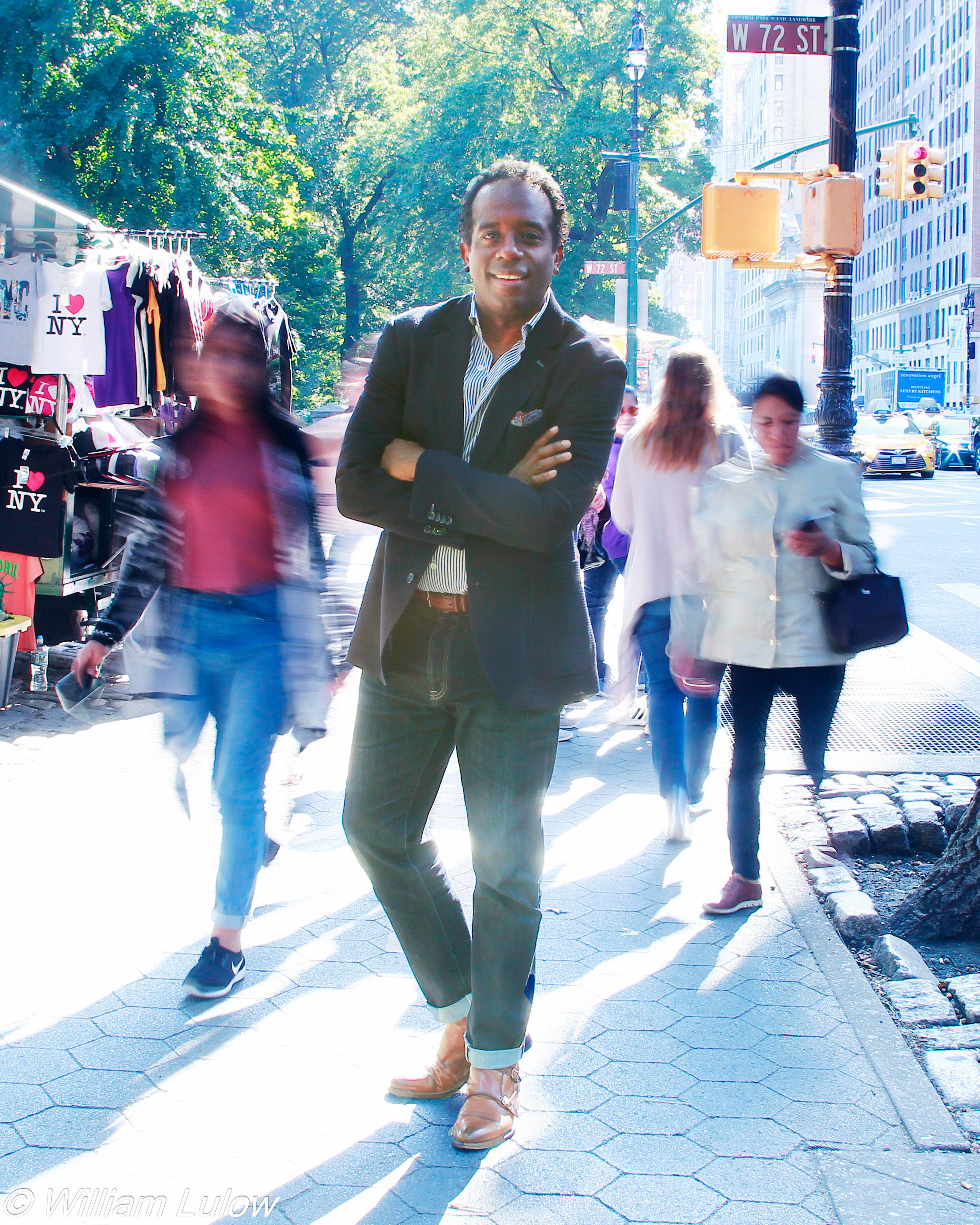
The subject is standing very still, so he is sharp, but the people around him are moving so they registered as blurs. This image was made with an exposure of f/5.0 and a shutter speed of 1/10th of a second. The camera was placed on a tripod with a weight attached to it to make sure there was no camera movement. Only the passersby were moving.
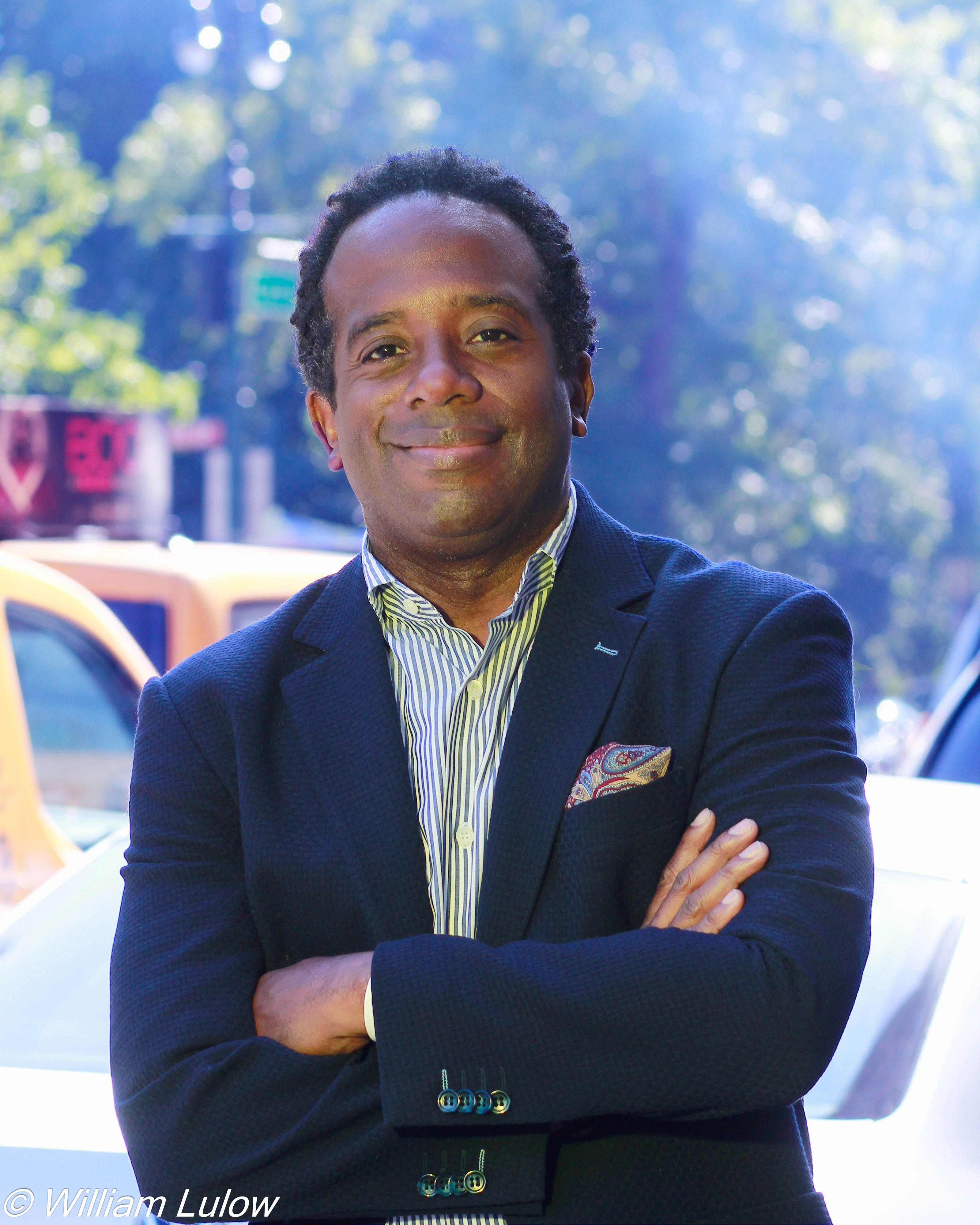
This image was made with an exposure of f/5.6 at 1/125th of a second. All action has been stopped.
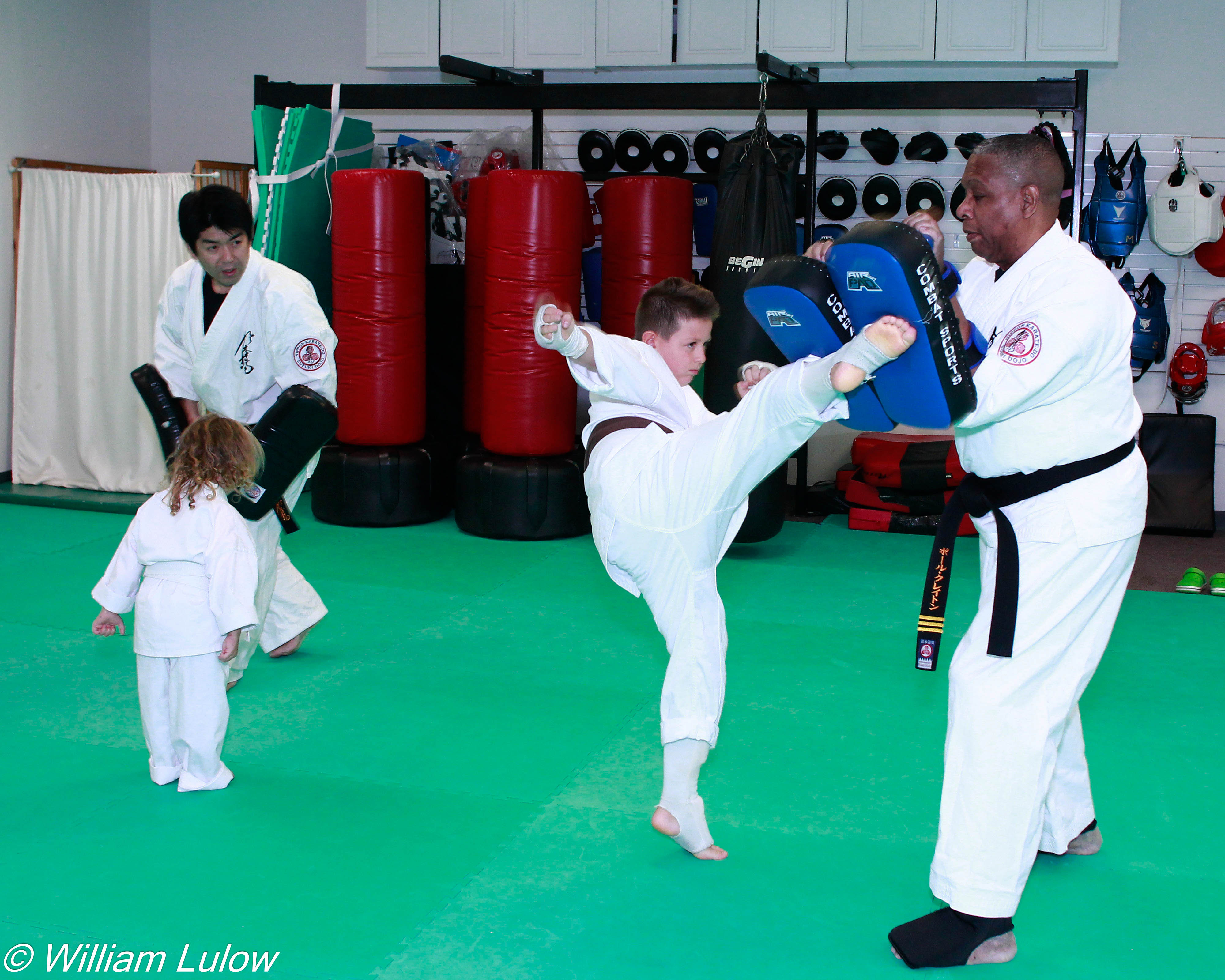
This image was made at f/5.6 at 1/125th of a second. Note how all the action is stopped and everything is sharp. The faster the shutter opens and closes, the more action will be frozen in the image. The slower the shutter speed, the more blur is introduced in the image by moving objects and people.
So, the shutter is a powerful tool that can be used to alter the images we see in the camera for various, creative purposes.









